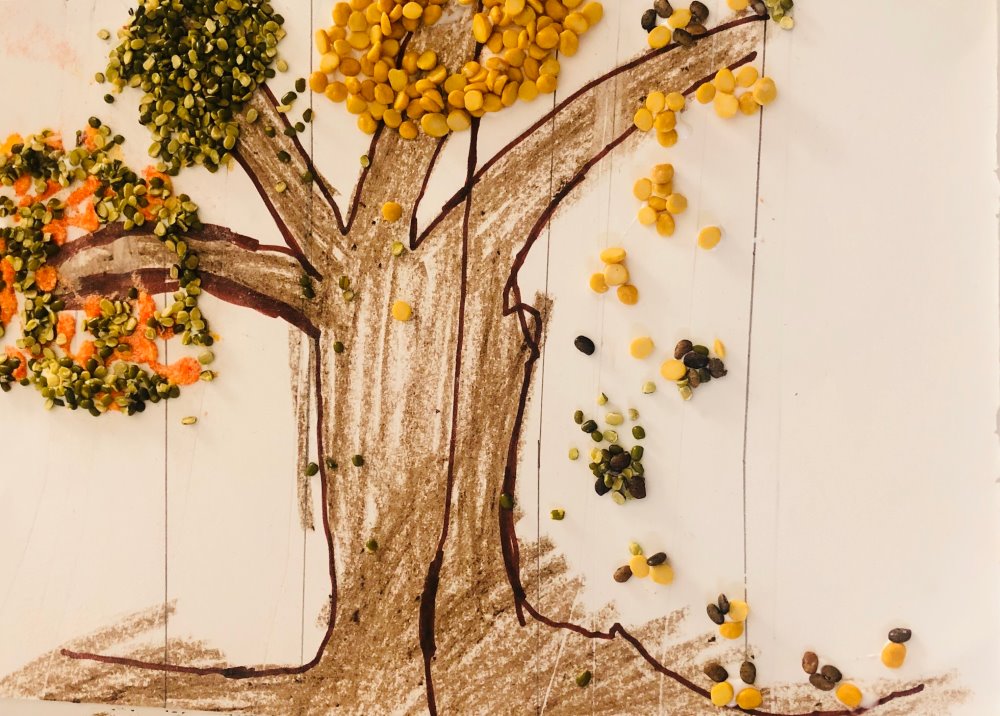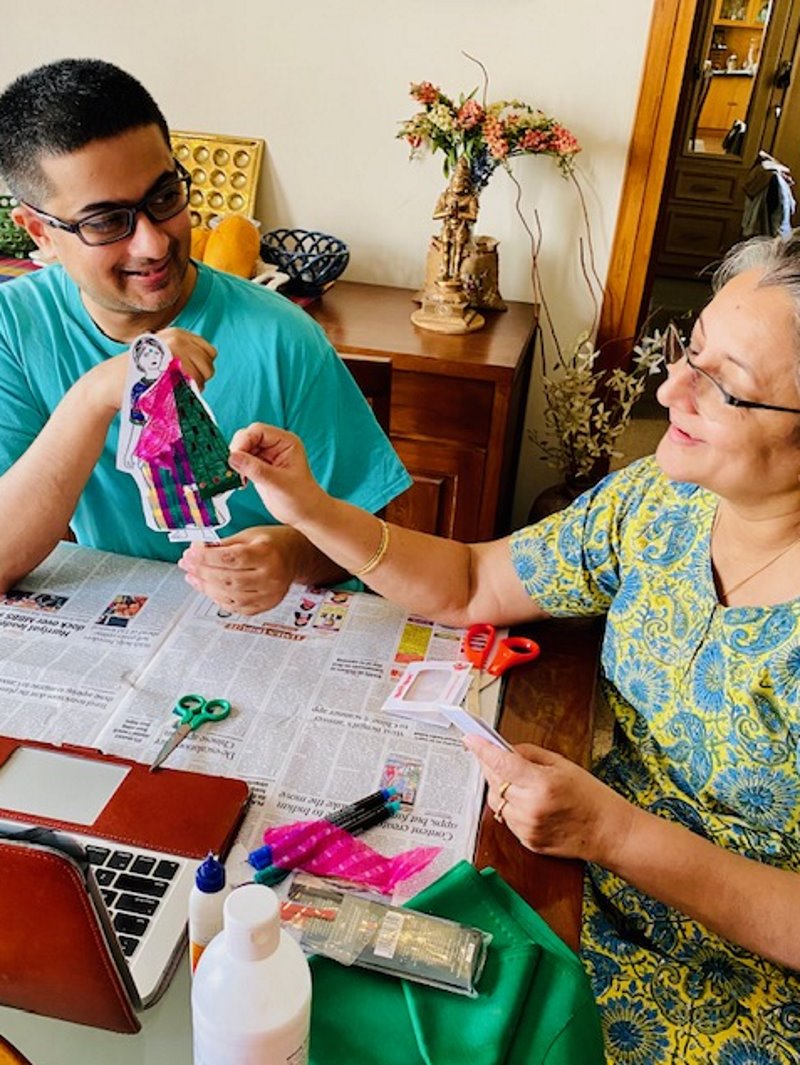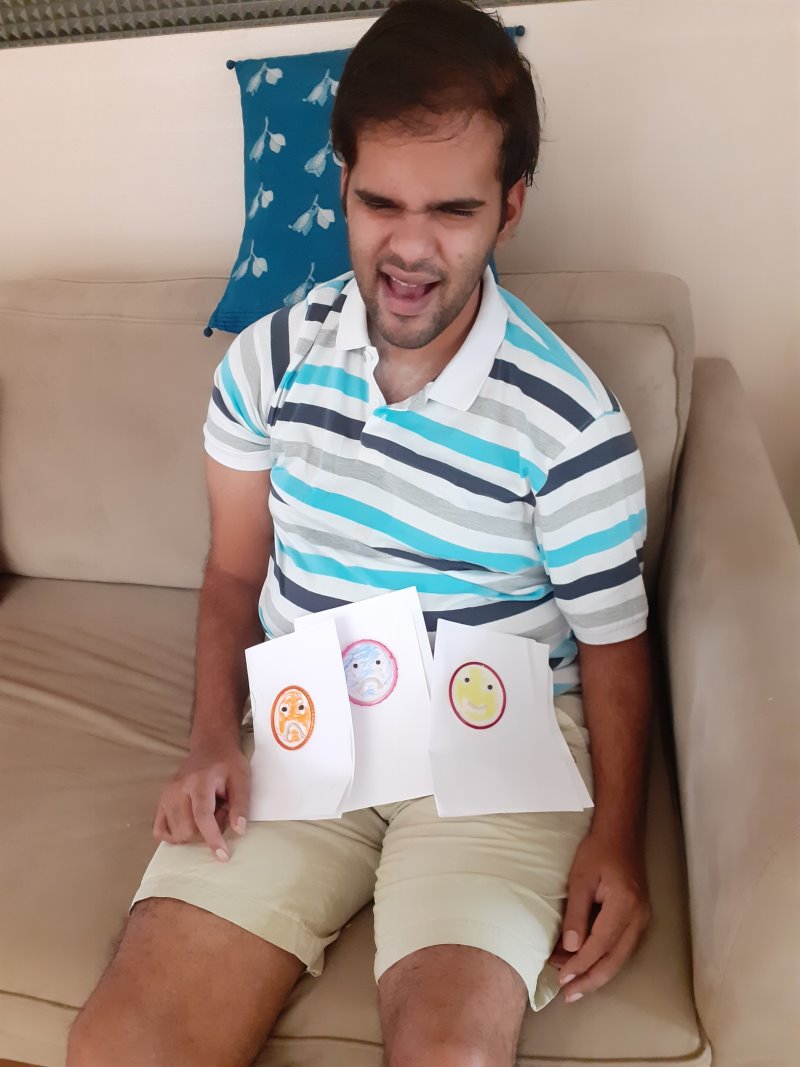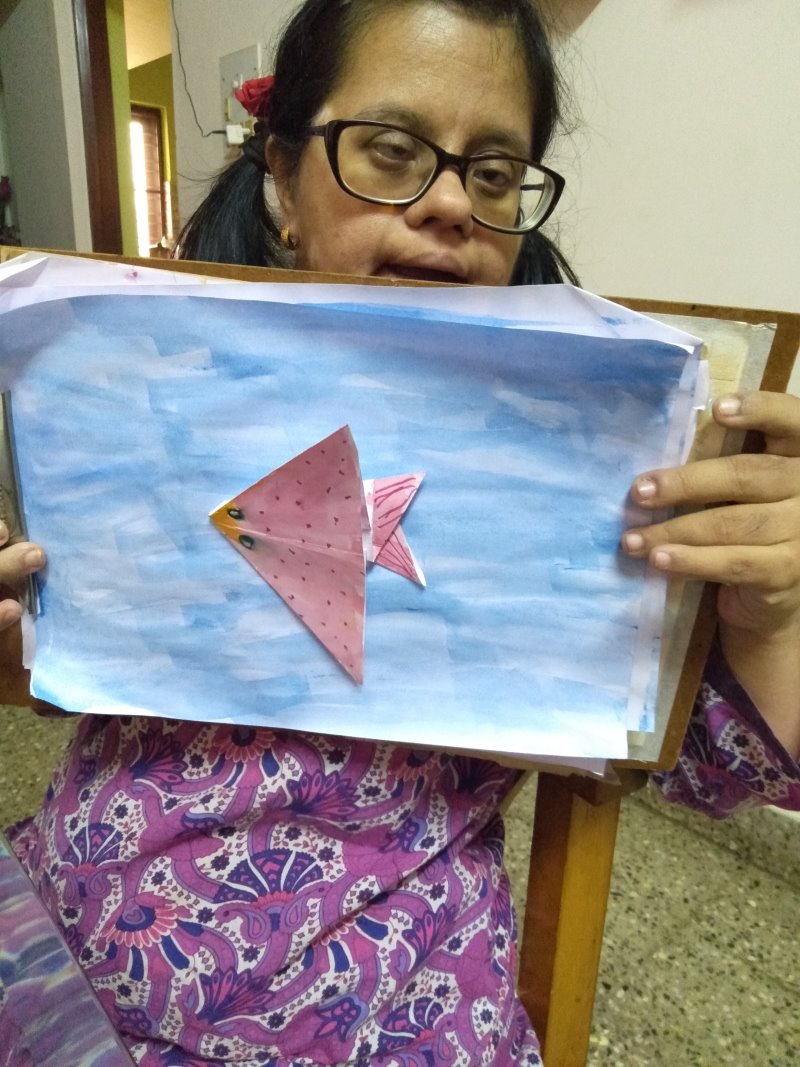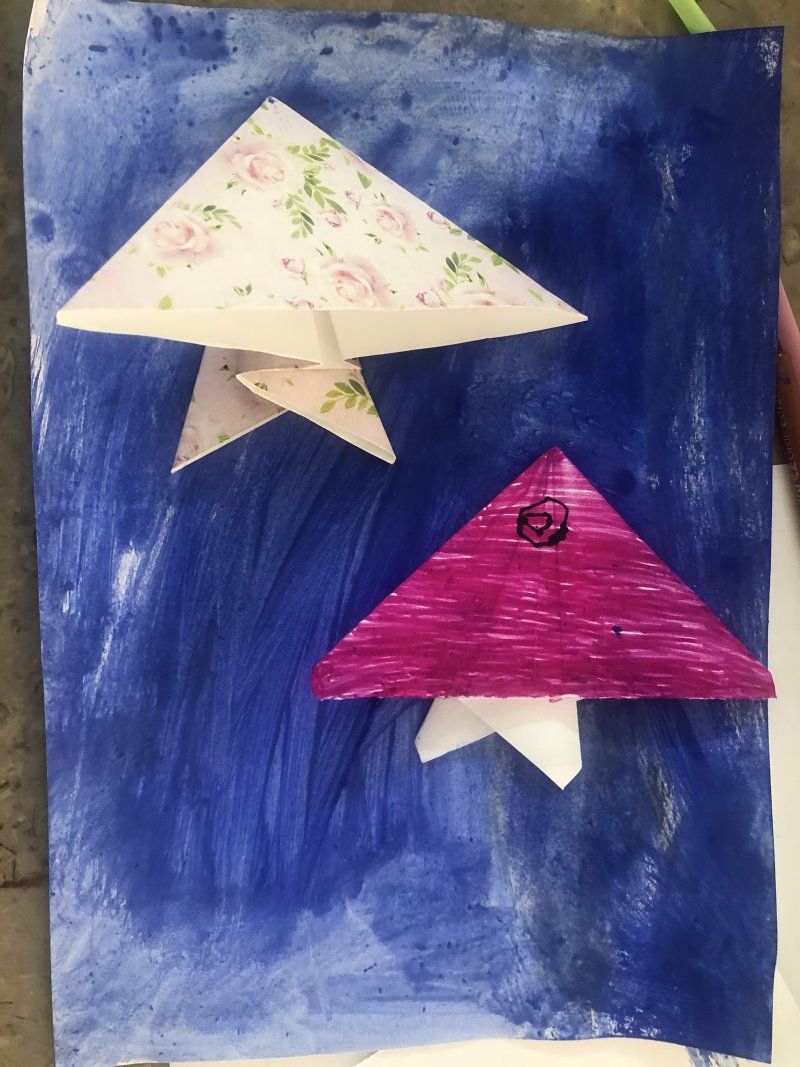Often when we’re at the heart of uncertainty, we tend to lose sight of the fact that after every phase of darkness comes light. As cliched as it sounds, that’s just how the Universe is built… with unmistakable balance and infinite wisdom.
But when the tough times come, how do we navigate through them to restore the balance? When the weight of sadness and anxiety seems omnipresent, how do we find what it takes to keep the magic of life itself alive? Adversity is a time of immense strain, no doubt, but also of inspirational innovation. To not give up and to work at finding a way out is at the very core of human nature. And sometimes we just need a reminder of that.
When we at Snehadhara Foundation were looking for a new story to adopt for July’s curriculum, we didn’t have to look farther than Chandrakal Jagat’s The Magical Fish. It is a thought-provoking story of one woman and her daughters’ determination to bring back happiness into their lives and those in their village. With delightful artwork to support the simple words, the book takes us through the journey of these women and how their efforts to rally their community together eventually won all of them the happiness that eluded them.
The new story took centrestage after a one-week break for the children. When we reopened our online sessions, we were greeted by rejuvenated children and recharged facilitators. Recognising how mental fatigue can get amplified when one is cooped up at home, we had already factored in short breaks in our curriculum to give the children some unstructured time, and the teachers an opportunity to revise and hone our skills instead.
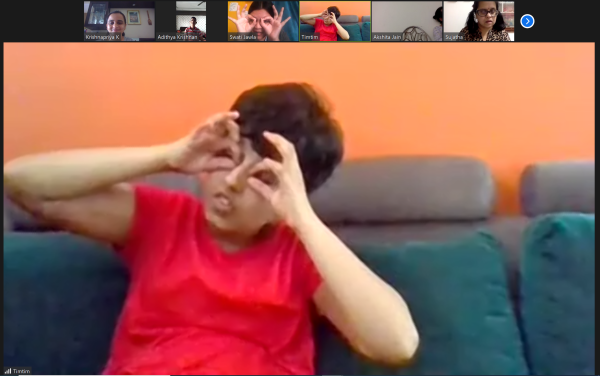
It also gave all of us a breather to decompress and assess the world around us and our “new normal” with renewed perspective. The Magical Fish emerged as the perfect catalyst in helping us tide through these times, lending itself to being explored across topics such as nature, music, art, craft, dance, and more. Drawing inspiration from the various themes and motifs of the book, we introduced the children to a lot of factual information such as different types of fish, various occupations relating to characters in the book and the concepts of direction (North-South-East-West).
As our children grasped life concepts from the story via these sessions, they also used this opportunity to express through art what it is to be “happy”, “sad” and more. We gently worked with them through these myriad emotions that engulf all our lives.
Resilience is not built overnight but through lessons (both direct and subliminal) such as these, we learn to hold hands—albeit digitally—and begin our journey to rebuild our world.

